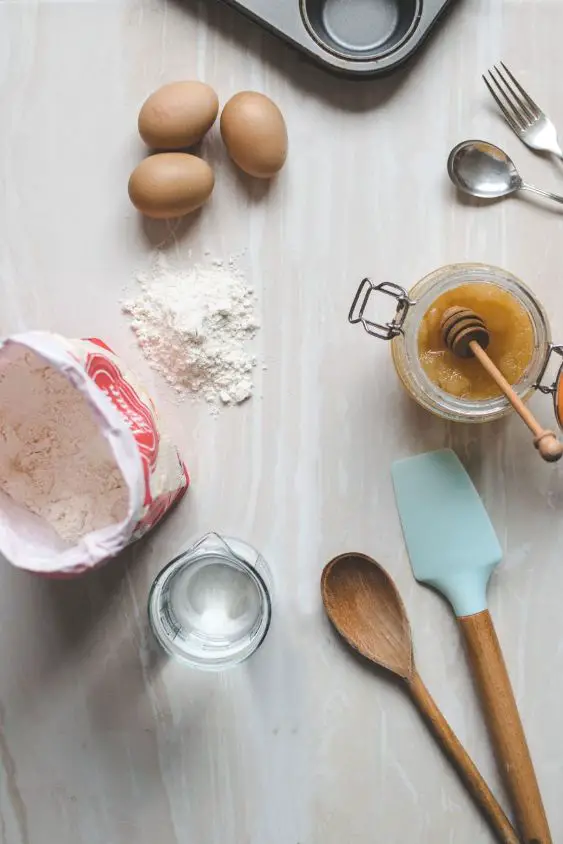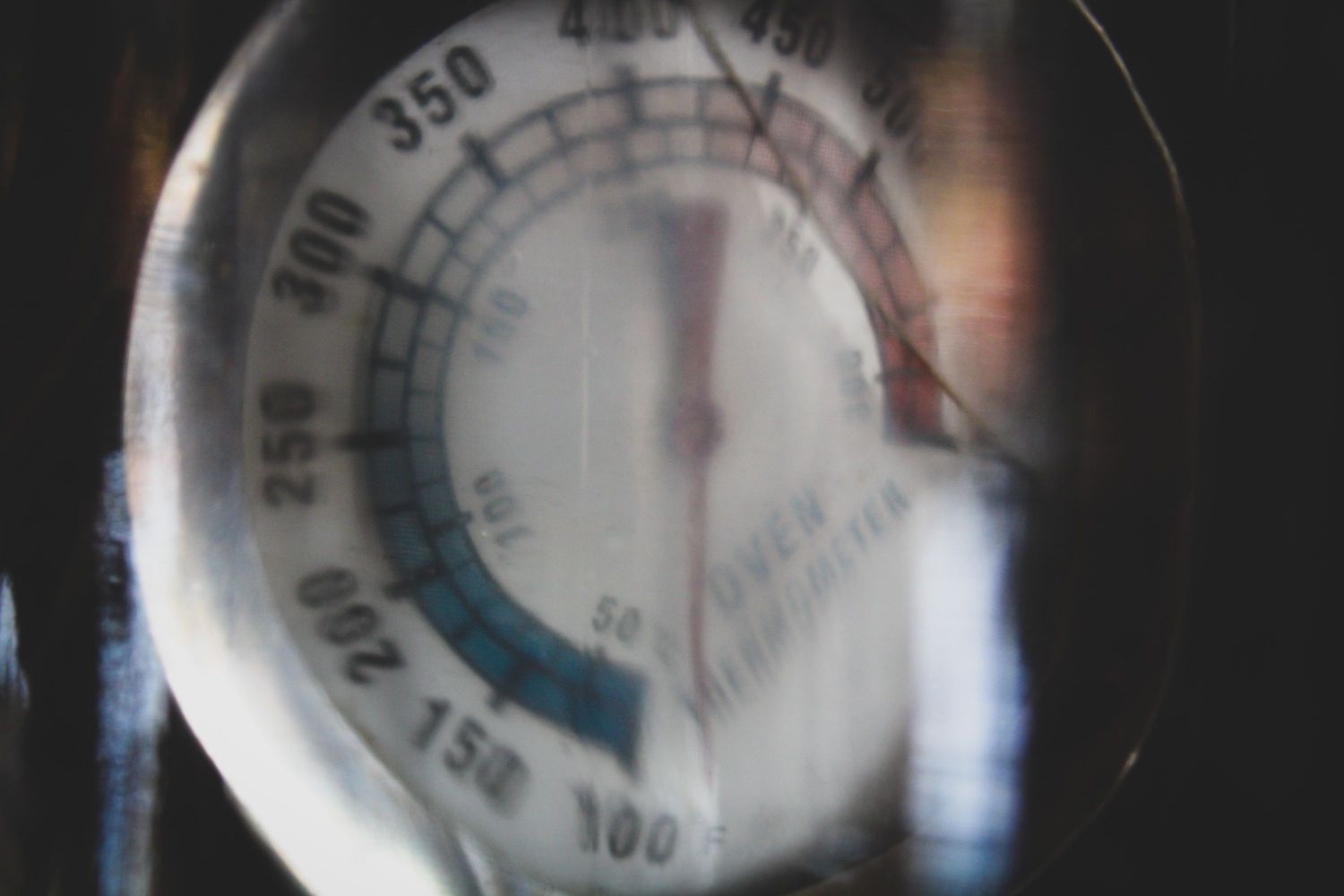If you have ever tried making bread at home, you probably know that getting the perfect texture and flavor can be tricky.
One common mistake that people make is adding too much water to bread dough. When this happens, the dough can become wet, sticky, and challenging to work with.
In addition, the excess water can impact the gluten development, texture, flavor, and aroma of the bread.
In this article, I’ll reveal what happens if you add too much water to bread dough and provide 4 ways to fix it.
What Happens if You Add Too Much Water to Bread Dough
Adding too much water to bread dough can result in a wet and sticky dough that is difficult to work with.
Here are 5 possible outcomes of adding too much water to bread dough:
1. Impact on Gluten Development
Gluten is a pretty important protein complex when it comes to baking bread. It provides the bread with structure and texture, making it light and fluffy.
The gluten strands are formed when water is added to flour and the dough is kneaded. It’s the gluten development that helps the bread rise and hold its shape.
Now, too much water can be a bad thing for gluten development. When the dough is too wet, the gluten strands get over-hydrated and lose their ability to support the bread’s structure.
This can result in a weak, slack dough, and the bread may not rise properly. The end result can be dense and heavy bread.
2. Changes in Texture and Crumb Structure
When bread dough has too much water, it can be tricky to work with because it becomes sticky and hard to handle.
The problem with this is that the excess water interferes with the gluten network in the dough. This gluten network is important because it helps trap the gas produced by the yeast during fermentation.
When the gluten network is disrupted by too much water, it can be difficult for the dough to hold onto the gas bubbles, resulting in bread that has a dense texture and large air pockets.
This can make the bread unappealing and affect its texture. The crumb structure, or the way the inside of the bread looks, may also be affected, resulting in an open and less desirable texture.
3. Difficulty in Shaping the Dough
One of the most frustrating things for a baker is working with dough that just won’t behave.
You know exactly what I mean if you’ve ever tried to shape bread with over-hydrated dough. The dough sticks to everything, making it nearly impossible to form it into the shape you want.
Unfortunately, poorly shaped bread can lead to a number of problems. For example, if the dough is not shaped properly, it may not rise correctly in the oven.

This can result in an uneven crumb structure, which can make the bread less enjoyable to eat.
Additionally, if the dough is not shaped properly, it may not brown evenly in the oven, which can affect the bread’s appearance.
4. Longer Baking Time and Risk of Over-Browning
When you add too much water to your dough, a problem called over-hydration occurs.
This can make your dough too dense and heavy, which means it will require more time in the oven to fully bake.
Too much water in bread dough also causes your bread to become over-browned on the outside before it’s cooked all the way through on the inside.
This can affect the taste and appearance of your bread and nobody wants that, right?
Furthermore, when you have to leave your bread in the oven for longer periods, it can result in a dry and tough crust.
Nobody likes dry and tough bread, so this can really impact the texture of your bread.
5. Effects on Flavor and Aroma
Did you know that overhydration can affect the flavor and aroma of bread? It’s true!
When too much water is added to the dough, it dilutes the natural flavor and aroma of the bread, resulting in a bland taste and a lack of that delightful, warm bread smell.
It can also throw off the bread’s fermentation process, leading to a sour taste. So, while hydration is essential to making bread, it’s important to strike a balance and not overdo it.
How to Fix Too Much Water in Bread Dough
Here are 4 ways you can use to fix too much water in bread dough:
1. Adding More Flour
This is the most straightforward method to fix overhydrated dough. Gradually add small amounts of flour, mixing thoroughly after each addition until the dough has the desired consistency.
The added flour will absorb excess moisture, making the dough less sticky. It’s essential to add small amounts of flour at a time to avoid making the dough too dry.
2. Adjusting the Fermentation Time
Another way to fix over-hydrated dough is by adjusting the fermentation time. A longer fermentation time can help the gluten develop further, resulting in a more structured dough.

The longer fermentation time allows the yeast to break down the gluten, which leads to the production of carbon dioxide, making the dough more elastic.
This method requires a bit of patience and experimentation to determine the optimal fermentation time.
3. Use Different Shaping Techniques
The over-hydrated dough is sticky and challenging to shape, but you can use different shaping techniques to create the desired shape.
For example, using a bench scraper or dusting your hands with flour can make it easier to handle the dough.
You can also try shaping the dough into a boule or a round shape, which requires less handling and shaping.
4. Adding Vital Wheat Gluten
Vital wheat gluten is a high-protein flour that you can add to the dough to increase gluten development and structure.
It’s an effective way to fix over-hydrated dough, but you must add it in the correct proportion to avoid over-developing the gluten.
The optimal amount of vital wheat gluten to add depends on the recipe and the amount of over-hydration.
Typically, you should add around one tablespoon of vital wheat gluten for every cup of flour in the recipe.
4 Causes of Too Much Water in Bread Dough
Bread dough requires a careful balance of water and flour to achieve the desired texture and rise.
However, several factors can lead to too much water in bread dough, affecting the final product’s quality and consistency.
Here are 4 main causes of too much water in bread dough:
1. Measuring Errors
One of the most common causes of too much water in bread dough is measuring errors.
When you use cups or spoons to measure flour, you may unintentionally add too much water or not enough flour, leading to a dough that is too wet.
This problem can occur because different types of flour have varying densities and moisture contents, which can affect their volume and weight.
Therefore, You should always use a kitchen scale to weigh the ingredients accurately and follow the recipe’s instructions.
2. Overhydration of Ingredients
Another cause of excessive water in bread dough is overhydration of the ingredients, particularly the yeast mixture.
Yeast needs a precise amount of water to activate and ferment properly, and adding too much water can dilute its potency and make the dough too wet.

Some bakers may also mistake the frothiness of the yeast mixture for extra moisture and add more water, which can lead to a disappointing result.
To avoid overhydration, You should measure the yeast and water separately and stir gently to avoid introducing more air into the mixture than necessary.
3. Environmental Factors
The amount of water needed in bread dough can also vary depending on the environmental conditions in the kitchen.
Humidity, for example, can affect the flour’s ability to absorb water and require adjustments to the recipe. In high humidity, flour can absorb more moisture from the air, which can lead to a sticky and wet dough.
You should reduce the amount of water slightly and add more flour to compensate for the excess moisture.
Conversely, in low humidity, flour can be drier and require more water to hydrate correctly. Bakers should adjust the recipe by adding more water or reducing the flour slightly.
4. Temperature Effects
Temperature can also influence the water content in bread dough by affecting the moisture absorption rate and yeast activity.
In hot temperatures, the dough can become too sticky and wet because the flour absorbs more water.

To tackle this you should reduce the water amount and add more flour or use a lower water temperature to counteract the effect.
In cold temperatures, the dough can be harder to knead and rise because the yeast slows down. You can use warmer water and let the dough rest longer to compensate for the reduced yeast activity.
Too Much Water in Bread Dough – Conclusion
In conclusion, adding too much water to bread dough can have a detrimental effect on the final product.
The excess water can lead to a sticky and unmanageable dough that does not rise properly and produces a dense, heavy loaf.
It can also affect the texture and flavor of the bread, making it less appealing to eat. To avoid these issues, it’s important to measure the ingredients carefully and follow a trusted recipe.
Adding additional flour to the dough can help to correct the problem, but it’s best to aim for the right consistency from the start.
With the right technique and attention to detail, anyone can make delicious, fluffy bread at home.
Frequently Asked Questions
Does Wet Dough Make Better Bread?
Wet dough can lead to better bread in certain cases. A wetter dough can create a more open crumb structure, resulting in a chewier and rustic texture in artisanal bread.
However, it requires skilled handling and often a longer fermentation process to develop the gluten structure properly. For beginners, working with slightly drier dough might be easier to manage.
Does more water make bread fluffier?
Yes, adding more water to bread dough can make it fluffier. Extra water increases hydration, promoting better gluten development, which leads to a lighter and airier texture.
However, excessive moisture can make the dough too sticky to handle. Finding the right balance between hydration and ease of handling is crucial for achieving the desired fluffiness in bread.

